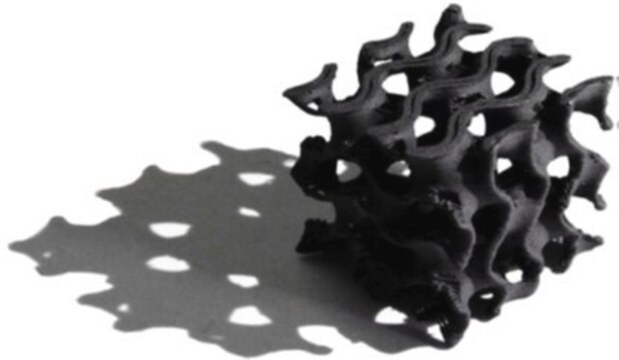推薦產品
形狀
viscous liquid
雜質
<25 EU/mL Endotoxin
顏色
white
pH值
6.5-7
密度
1.050 g/mL
應用
3D bioprinting
儲存溫度
2-8°C
一般說明
Material comes prepackaged in syringe with 5ml of product.
應用
法律資訊
儲存類別代碼
12 - Non Combustible Liquids
水污染物質分類(WGK)
WGK 2
閃點(°F)
Not applicable
閃點(°C)
Not applicable
客戶也查看了
文章
Bioinks selection guide for 3D bioprinting of cells for tissues engineering applications.
Professor Shrike Zhang (Harvard Medical School, USA) discusses advances in 3D-bioprinted tissue models for in vitro drug testing, reviews bioink selections, and provides application examples of 3D bioprinting in tissue model biofabrication.
Professor Shrike Zhang (Harvard Medical School, USA) discusses advances in 3D-bioprinted tissue models for in vitro drug testing, reviews bioink selections, and provides application examples of 3D bioprinting in tissue model biofabrication.
我們的科學家團隊在所有研究領域都有豐富的經驗,包括生命科學、材料科學、化學合成、色譜、分析等.
聯絡技術服務
